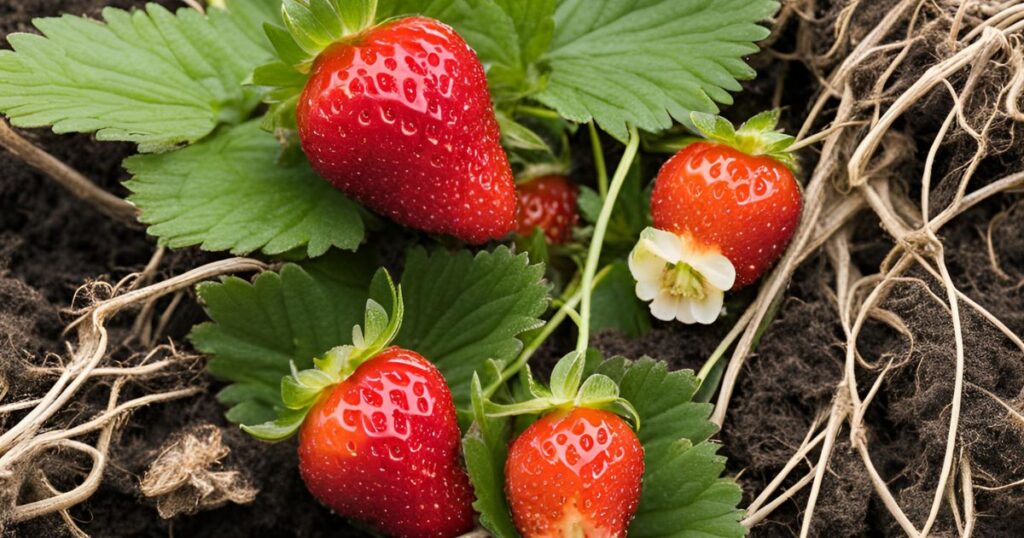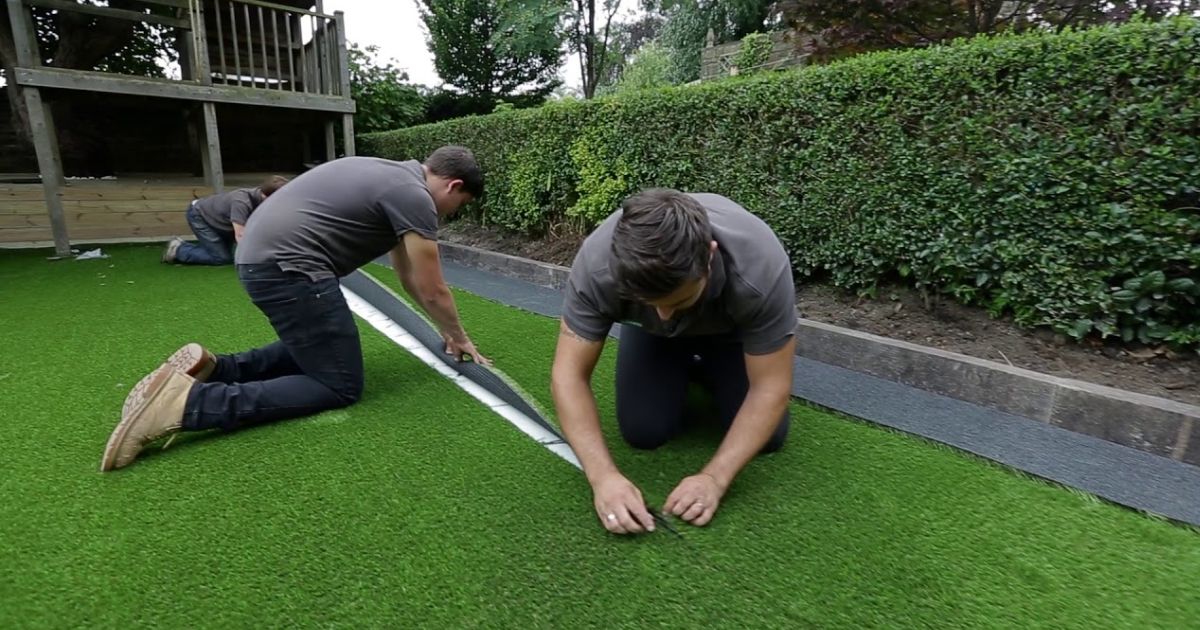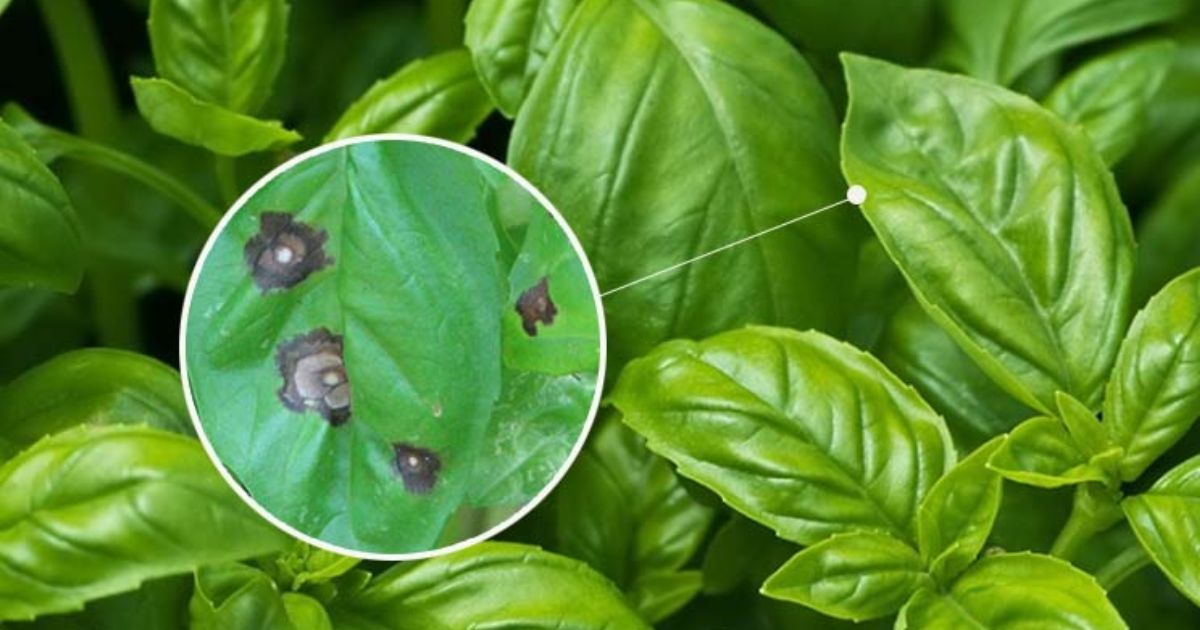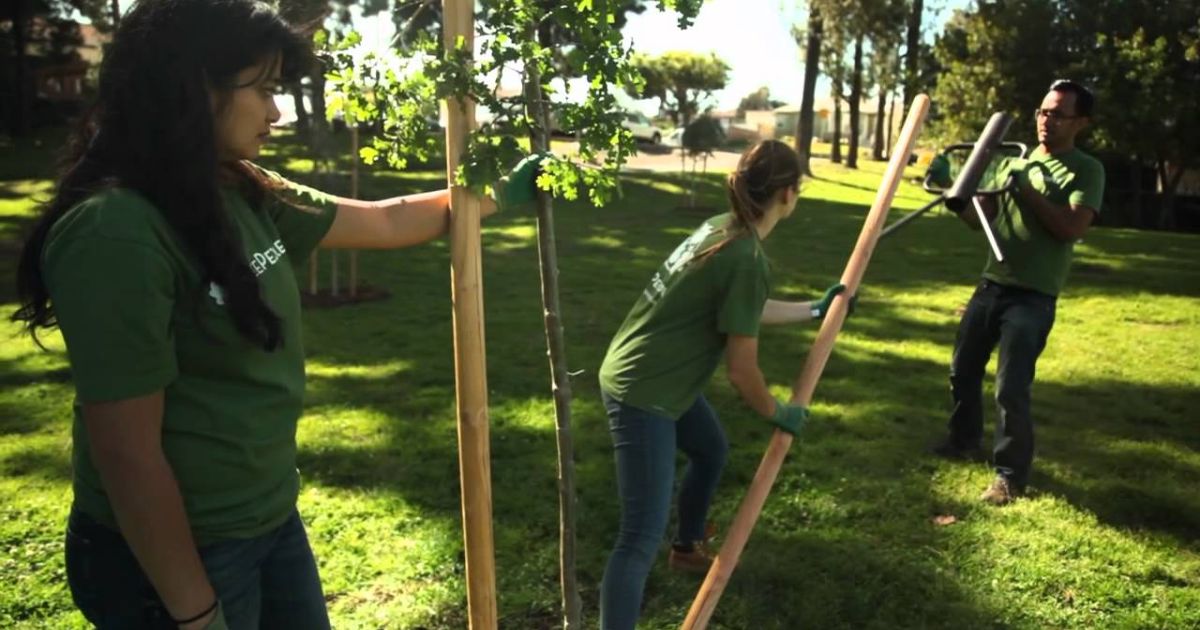Growing your own strawberries can be a rewarding experience, and one of the best ways to get started is by planting bare root strawberries. These cost-effective, easy-to-handle plants offer gardeners a head start on the growing season and can lead to a plentiful harvest if planted at the right time and in the proper way. In this guide, we’ll explore “Bare Root Strawberries: When and How to Plant for a Bountiful Harvest,” covering everything from choosing the best time to plant to tips for ensuring your strawberry plants thrive.
Whether you’re an experienced gardener or a novice, properly planting and caring for bare-root strawberries is key to a productive garden. You can enjoy sweet, juicy strawberries from your backyard with a little preparation and attention to detail. Let’s dive into the steps to ensure your bare-root strawberries produce a bountiful harvest year after year!
What Are Bare Root Strawberries?
Bare root strawberries are strawberry plants that are sold and shipped in a dormant state without any soil around their roots. Unlike potted plants, which come in containers with soil, bare root strawberries are carefully packaged to protect the roots during transit, making them easy to store and handle until planting. They might appear lifeless at first, but with proper care, these plants quickly establish and begin to grow once placed in the ground.
Advantages of Bare Root Strawberries:
- Cost-effective: One of the biggest benefits of strawberry bare roots is their affordability. They are often much cheaper than potted plants, allowing gardeners to buy them in larger quantities without breaking the bank.
- Easy to handle: Without the weight of soil, bare root strawberry plants are lighter and more convenient to manage. This makes them easier to plant in large numbers, especially for gardeners working with bigger areas or raised beds.
- Quick establishment: Once planted correctly, bare-root strawberries tend to establish their root systems quickly. As soon as they settle in the soil and receive proper care, they grow vigorously, often producing fruit sooner than other plants.
Types of Bare Root Strawberries:
There are various varieties of strawberry bare roots available, and knowing the distinctions between them can help you select the best one for your garden:
- June-bearing: These strawberries produce a large harvest in late spring to early summer, typically in one big crop.
- Everbearing: Everbearing varieties produce fruit twice a year, once in early summer and again in late summer or early fall.
- Day-neutral: Day-neutral strawberries can produce fruit throughout the growing bare root strawberry plants, as long as temperatures remain favorable.
By understanding what bare root strawberries are and their advantages, you can decide to add them to your garden and enjoy fresh strawberries for years to come.
When to Plant Bare Root Strawberries

Knowing the right time to plant your bare root strawberries is essential for ensuring healthy growth and a successful harvest. Timing plays a crucial role in how well the plants establish and produce fruit. Here’s what you need to know about when to plant bare root strawberries.
Best Planting Time:
- Ideal Seasons: The best time to plant bare-root strawberries is early spring when the ground is workable but not too cold. The soil temperature should ideally be between 40-60°F (5-15°C). This allows the roots to settle into the ground and begin developing before the warmer growing season kicks in. Planting too early, while the ground is still frozen, can hinder the plant’s ability to establish itself, while planting too late may cause the strawberries to struggle with the summer heat.
- Avoid Frost: It’s important to plant bare root strawberries once there’s no chance of a frost. Frost can damage the young roots and prevent them from establishing properly, delaying growth and reducing fruit production. A frost-free period ensures the roots can develop in a stable environment without the risk of freezing temperatures harming their Growing Asparagus in Raised Beds.
- Regional Planting Tips:
- In cooler climates, where spring tends to arrive later, it’s best to wait until the soil has warmed up and the frost threat has passed. In these areas, planting might happen slightly later in the season, depending on when spring temperatures consistently reach 40-60°F.
- In warmer climates, gardeners may be able to plant bare root strawberries as early as late winter or very early spring, as long as the temperatures stay within the ideal range. However, it’s important to ensure the plants are not exposed to a sudden cold snap that could damage the roots.
Planting at the right time gives your bare root strawberries the best chance to establish quickly and prepare for a productive growing season.
How to Plant Bare Root Strawberries

Planting bare root strawberries is a straightforward process. However, meticulous planning necessitates to guarantee the plants establish well and produce a strong harvest. Here’s a step-by-step guide to help you successfully plant bare root strawberries.
Preparation Before Planting:
- Inspect the Roots: Before planting, examine the bare root strawberries to make sure they are healthy and free from disease or damage. Look for firm, pale roots with no signs of rot or mold. Discard any unhealthy plants to prevent introducing diseases into your garden.
- Soak the Roots: To help rehydrate the roots after storage, soak them in water for about an hour before planting strawberries from roots. This will give them the moisture they need to kickstart their growth once they are in the ground.
Step-by-Step Planting Guide:
- Prepare the Soil: Bare root strawberries thrive in well-drained, nutrient-rich soil. Loosen the soil in your planting area and mix in organic matter, such as compost or well-rotted manure, to provide the plants with essential nutrients. Ensuring good drainage is key to preventing root rot, as strawberries don’t like waterlogged soil.
- Spacing and Depth: When planting, space the bare root strawberries about 18-24 inches apart, allowing plenty of room to spread as they grow. Planting strawberries from roots at the proper depth is crucial so that the crown, or the point where the stem and roots meet, is level with the soil’s surface. The plant may decay if the crown is buried too deeply, and if the crown is too high above the ground, the roots may dry out.
- Watering: Once your bare root strawberries are planted, water them thoroughly. This guarantees that the soil surrounding the roots is settled and the plants are well-hydrated. Continue to water regularly, keeping the soil moist but not waterlogged, especially in the first few weeks as the plants establish.
- Mulching: Mulch the area surrounding the plants to help them retain moisture, keep weeds at bay, and protect the developing roots from temperature fluctuations. Straw or organic mulch is ideal for strawberries, as it also helps keep the fruit clean when it develops.
- Sunlight Requirements: Bare root strawberries need plenty of sunlight to thrive, so Place them where they will get at least 6 to 8 hours of direct sunlight per day. Proper sunlight is essential for healthy growth and abundant fruit production.
Following these steps’ll give your bare root strawberries the best start, ensuring a strong root system and a bountiful harvest.
Tips for a Bountiful Harvest
Once your bare root strawberries are planted, proper care is essential to ensure a productive harvest. Here are some key tips to help you maximize the yield of your strawberry crowns plants.
Fertilization:
Use a balanced fertilizer that provides the essential nutrients strawberries need to encourage strong growth and fruit production. However, be cautious of fertilizers high in nitrogen since too much nitrogen might result in luxuriant foliage with fewer fruits. A balanced formula with equal parts nitrogen, phosphorus, and potassium will help the plant produce healthy leaves and plenty of fruit.
Watering Schedule:
Strawberries need consistent moisture to grow well, especially during the flowering and fruiting periods. To avoid root rot, keep the soil damp but not soggy. Depending on your temperature and kind of soil, water the plants deeply once or twice a week to ensure the water reaches the roots. Mulching the area around the plants can also help lower evaporation and preserve soil moisture.
Pest and Disease Prevention:
Pests like slugs, birds, and diseases like gray mold can damage strawberry crowns. Examine your plants frequently for indications of pests or disease, and act quickly if you see any problems. Organic pest controls like slug traps or bird netting can help protect your strawberries, while proper air circulation and well-drained soil can reduce the risk of mold and other fungal diseases.
Pruning:
In the first year, removing the runners (long stems that grow out from the plant and develop new plants) is a good idea. This allows the strawberry plant to focus its energy on producing fruit rather than spreading. Controlling runners will encourage stronger fruiting plants that can deliver a higher yield.
By following these tips for fertilization, watering, pest prevention, and pruning, your bare root strawberry plants will be set up for a bountiful harvest year after year. Proper care will ensure healthy plants and sweet, juicy fruit you can enjoy throughout the Growing Jerusalem Artichokes growing season.
Conclusion
Planting bare root strawberries is an excellent way to Savor an abundance of succulent, juicy fruit from your garden. By following a few key steps—planting at the right time in well-prepared soil, ensuring proper spacing and depth, and providing consistent watering—you set the foundation for healthy plants. Regular care, such as using balanced fertilizers, pruning runners, and protecting your plants from pests and diseases, will enhance your chances of a fruitful harvest.
Whether you’re a seasoned gardener or a beginner, planting bare root strawberries offers a rewarding experience. With the right preparation and care, these plants can quickly establish and produce abundant fruit. So, try it—your garden will thank you with a delicious strawberry harvest!
FAQs:
-
What are bare root strawberries?
- Bare root strawberries are strawberry plants sold without soil around their roots. They are dormant when shipped and easier to store and plant than potted plants.
-
When is the best time to plant bare root strawberries?
- The ideal time to plant bare-root strawberries is early spring when the soil is workable and temperatures are consistently between 40-60°F (5-15°C). Avoid planting when there is still a risk of frost.
-
How do I prepare the soil for planting bare root strawberries?
- Ensure the soil is well-drained and nutrient-rich. You can improve soil quality by adding well-rotted manure and compost, two examples of organic waste that can provide the necessary nutrients.
-
How far apart should I plant bare root strawberries?
- Bare root strawberries should be planted about 18-24 inches apart. This spacing gives the plants enough room to this spacing allows them to spread out as they get older.





